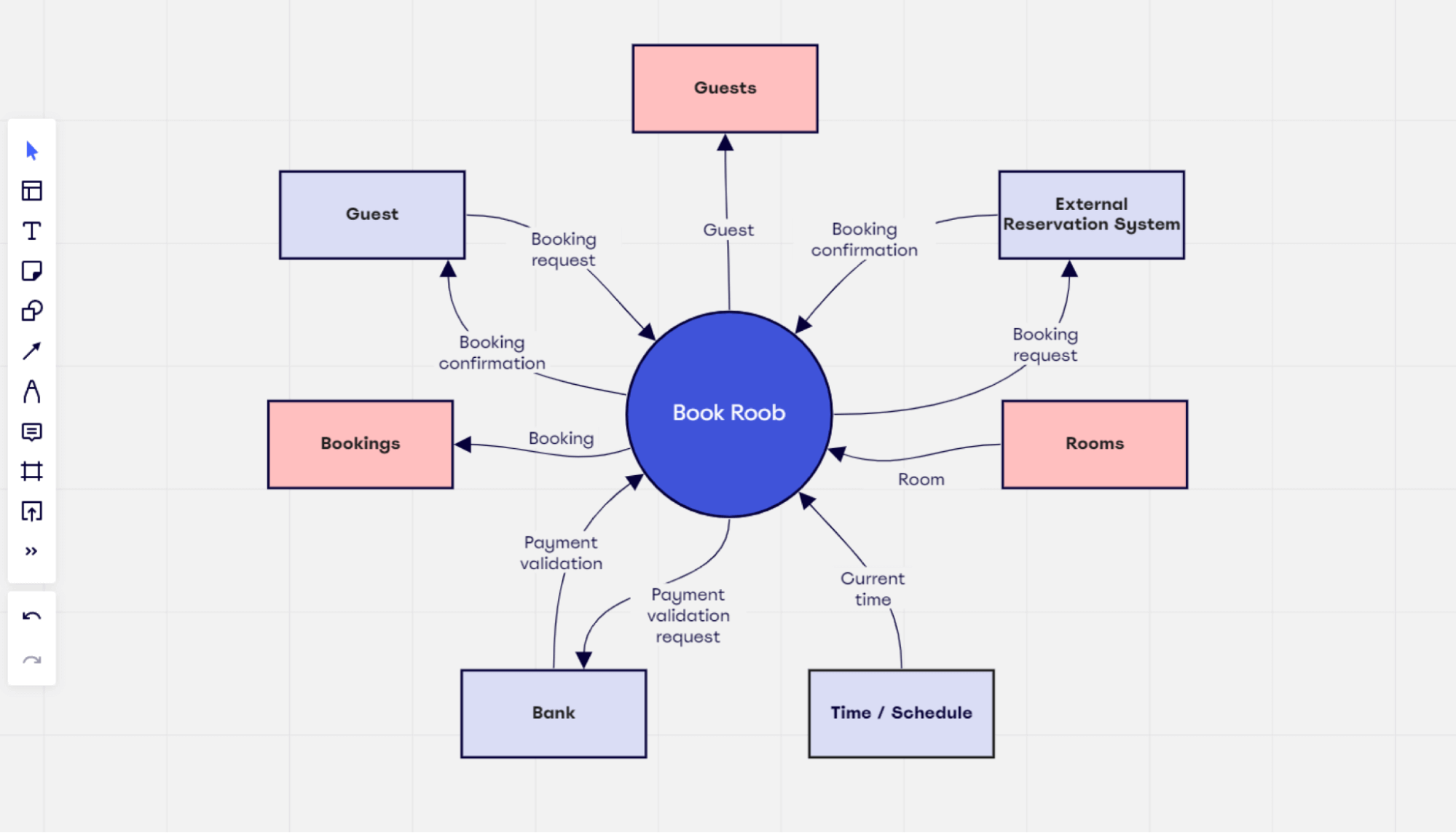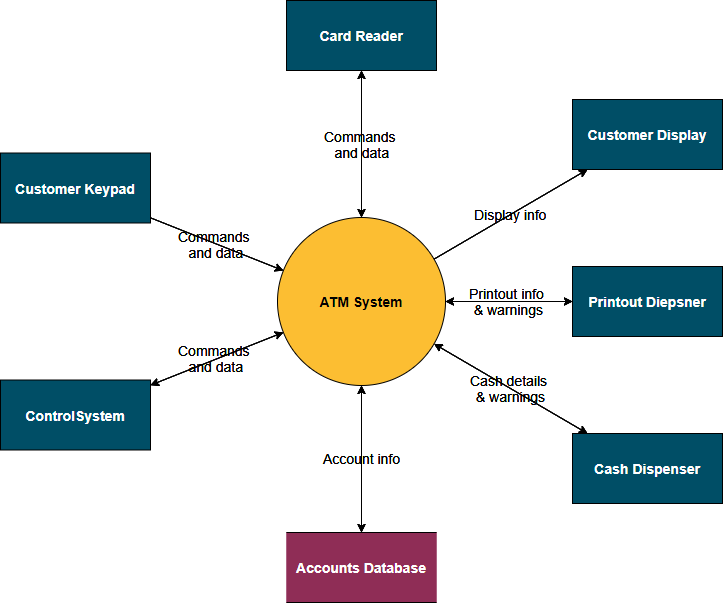Sure Bail bilge switch wiring diagram is the key to ensuring your boat’s safety and reliability. This guide will walk you through the process of understanding, installing, and troubleshooting your bilge switch wiring, ensuring a smooth and safe boating experience.
We’ll delve into the intricacies of bilge pump systems, explore the features of the Sure Bail switch, and provide step-by-step instructions for wiring it correctly.
Understanding the workings of a bilge pump and its connection to the switch is crucial for marine safety. We’ll examine different types of bilge switches, their advantages and disadvantages, and how they contribute to the overall functionality of your boat’s bilge system.
Wiring Connections and Procedures
Connecting the Sure Bail bilge switch to the bilge pump and power source is a crucial step in ensuring proper operation and safety. This section will guide you through the wiring process, emphasizing safety precautions and proper techniques.
Wire Routing and Securing
Proper wire routing and securing are essential for preventing damage to the wiring and ensuring a clean and organized installation.
- Route the wires along existing pathways:Utilize existing wire runs or pathways to minimize the need for drilling new holes. This helps maintain the integrity of the boat’s structure and reduces the risk of water intrusion.
- Secure wires with tie wraps or clamps:Secure the wires using appropriate tie wraps or clamps at regular intervals to prevent them from chafing or becoming loose.
- Avoid sharp edges:Route the wires away from sharp edges or corners that could potentially damage the insulation.
- Use marine-grade wire:Always use marine-grade wire, which is designed to withstand the harsh marine environment and prevent corrosion.
- Ensure proper grounding:Ensure the bilge pump and switch are properly grounded to the boat’s electrical system for safety and to prevent electrical shock.
Safety Precautions
Safety is paramount when working with electrical components. It is crucial to follow these precautions to minimize the risk of electrical shock or injury:
- Disconnect the battery:Always disconnect the battery before working on any electrical system, including the bilge switch wiring. This will prevent accidental energization and potential hazards.
- Use appropriate tools:Employ insulated tools specifically designed for electrical work.
- Avoid contact with water:Keep electrical components dry and avoid contact with water during the wiring process.
- Seek professional assistance:If you are unsure about any aspect of the wiring process, consult a qualified marine electrician for assistance.
Wiring Connections
Connecting the Sure Bail bilge switch to the bilge pump and power source requires careful attention to detail and proper wire connections.
- Identify the wires:The bilge switch typically has three terminals: one for power, one for the bilge pump, and one for ground.
- Connect the power wire:Connect the power wire (typically red) from the battery or fuse panel to the power terminal on the bilge switch.
- Connect the pump wire:Connect the pump wire (typically black) from the bilge switch to the bilge pump.
- Connect the ground wire:Connect the ground wire (typically green or bare) from the bilge switch to a proper ground point on the boat’s electrical system.
Testing the Connections, Sure bail bilge switch wiring diagram
After completing the wiring connections, it is crucial to test the system thoroughly to ensure it is functioning correctly.
- Reconnect the battery:Reconnect the battery and carefully inspect all connections for tightness.
- Activate the switch:Activate the bilge switch and observe if the bilge pump starts running.
- Check for leaks:Ensure that there are no leaks at any connections or in the wiring.
Troubleshooting Common Issues

Troubleshooting a Sure Bail bilge switch wiring issue can be a straightforward process if you understand the common problems and their solutions. By systematically checking the wiring connections and components, you can identify the source of the malfunction and resolve it effectively.
Identifying Common Problems
This section Artikels the most common problems that can arise with Sure Bail bilge switch wiring and provides troubleshooting steps for each.
- Bilge pump not working: The most common problem is the bilge pump not working when the bilge switch is activated. This can be caused by a variety of issues, including a blown fuse, a faulty switch, a disconnected wire, or a malfunctioning pump itself.
- Bilge pump running continuously: Another common issue is the bilge pump running continuously, even when the bilge switch is off. This can be caused by a stuck switch, a shorted wire, or a faulty float switch.
- Intermittent operation: If the bilge pump works intermittently, it could be due to a loose connection, a corroded wire, or a malfunctioning switch.
Troubleshooting Steps
Troubleshooting steps for Sure Bail bilge switch wiring involve systematically checking each component and connection to identify the source of the problem.
- Check the fuse: The first step is to check the fuse that protects the bilge pump circuit. A blown fuse will prevent the pump from working. If the fuse is blown, replace it with a fuse of the same amperage rating.
- Inspect the bilge switch: The bilge switch is the primary control for the bilge pump. Ensure the switch is properly connected and functioning correctly. Test the switch by activating it and checking if the pump turns on. If the switch is faulty, replace it with a new one.
- Examine the wiring: Inspect all the wires connecting the bilge switch, the pump, and the fuse box. Look for any loose connections, broken wires, or signs of corrosion. If any wires are damaged, repair or replace them.
- Test the bilge pump: If the wiring and switch are in good condition, test the bilge pump directly. Disconnect the pump from the wiring and connect it to a power source. If the pump runs, the problem is likely with the wiring or the switch.
If the pump does not run, it is faulty and needs to be replaced.
- Inspect the float switch: If the bilge pump is running continuously, check the float switch. The float switch is responsible for turning the pump on and off based on the water level in the bilge. If the float switch is stuck or malfunctioning, it can cause the pump to run continuously.
Inspect the float switch for any signs of damage or debris. Clean or replace the float switch if necessary.
Maintenance and Care: Sure Bail Bilge Switch Wiring Diagram

Regular maintenance of your Sure Bail bilge switch is crucial for ensuring its long-term performance and reliability. By following a few simple procedures, you can keep your bilge switch operating efficiently and prevent potential issues.
Inspecting and Cleaning the Switch
The bilge switch is a vital component of your boat’s safety system. Regularly inspecting and cleaning it can help to prevent malfunctions and ensure it operates properly when needed.
- Visual Inspection:Start by visually inspecting the switch for any signs of damage, corrosion, or loose connections. Look for cracks in the housing, broken wires, or any signs of water intrusion.
- Cleaning the Switch:Use a soft-bristled brush or a damp cloth to gently clean the switch and remove any dirt, debris, or salt buildup. Avoid using harsh chemicals or abrasive cleaners that could damage the switch.
- Testing the Switch:After cleaning, test the switch by manually activating it and ensuring it operates smoothly. If the switch does not function properly, it may need to be replaced.
Preventing Common Problems
Regular maintenance can help to prevent common problems that can affect the performance of your bilge switch.
- Water Intrusion:Water intrusion can cause corrosion and damage to the switch. To prevent this, ensure the switch is properly sealed and protected from water spray.
- Debris Buildup:Debris can accumulate around the switch, obstructing its operation. Regularly clean the switch and surrounding area to prevent this issue.
- Overheating:The switch can overheat if it is constantly activated. To prevent overheating, ensure the bilge pump is working properly and draining the bilge effectively.
Alternative Bilge Switch Options

The Sure Bail bilge switch is a popular choice for boat owners, but it’s not the only option available. Several other models offer different features and benefits, making it essential to consider your specific needs and preferences before making a purchase.
This section will compare and contrast the Sure Bail bilge switch with other popular models, discuss the advantages and disadvantages of different switch types, and provide recommendations for choosing the most suitable bilge switch for a specific application.
Comparison with Other Bilge Switch Models
The Sure Bail bilge switch is a float-type switch, which means it uses a buoyant float to activate the pump when water levels rise. Other popular types of bilge switches include:
- Manual bilge switches:These switches are manually operated and require the boat owner to turn them on and off. They are typically less expensive than automatic switches but require more hands-on intervention.
- Automatic bilge switches:These switches automatically turn on the pump when the water level reaches a certain point. They are often used in conjunction with a float switch for added protection.
- Electronic bilge switches:These switches use sensors to detect water levels and activate the pump. They offer greater accuracy and sensitivity than float switches and can be programmed with various settings.
| Feature | Sure Bail | Manual Switch | Automatic Switch | Electronic Switch |
|---|---|---|---|---|
| Activation | Float | Manual | Float or sensor | Sensor |
| Cost | Moderate | Low | Moderate to high | High |
| Reliability | High | High | Moderate to high | Moderate to high |
| Maintenance | Low | Low | Moderate | Moderate |
Advantages and Disadvantages of Different Switch Types
Each type of bilge switch has its own advantages and disadvantages:
- Float switches:These switches are relatively inexpensive and reliable. They are also easy to install and maintain. However, they can be susceptible to debris and may not always accurately reflect the water level.
- Manual switches:These switches are the least expensive option and are very reliable. However, they require the boat owner to be present to activate the pump.
- Automatic switches:These switches offer a greater level of protection than manual switches. They can be activated by a float or a sensor, providing a more reliable solution. However, they are typically more expensive than manual switches and may require more maintenance.
Understanding the sure bail bilge switch wiring diagram is crucial for ensuring proper boat safety, just like knowing the correct belt routing is essential for a smoothly running lawnmower. If you’re working on a Craftsman T140 46 mower, you can find a helpful diagram for the deck belt setup here.
Similarly, a clear wiring diagram for your bilge switch will help you troubleshoot any issues and keep your boat afloat.
- Electronic switches:These switches offer the highest level of accuracy and sensitivity. They can be programmed with various settings to meet specific needs. However, they are also the most expensive option and may be more complex to install and maintain.
Recommendations for Choosing a Bilge Switch
The best bilge switch for a specific application depends on several factors, including:
- Boat size and type:Larger boats may require a more powerful pump and a more sophisticated bilge switch.
- Budget:Manual switches are the least expensive option, while electronic switches are the most expensive.
- Usage:If the boat is used frequently, an automatic switch may be a better choice. If the boat is only used occasionally, a manual switch may be sufficient.
- Personal preferences:Some boat owners prefer the simplicity of a manual switch, while others prefer the added protection of an automatic switch.
It’s important to consult with a qualified marine electrician before making a decision.
Safety Considerations

Working with electrical systems, especially in a marine environment, requires a high level of caution. Failure to follow proper safety procedures can lead to serious injury or even death. Always prioritize safety and take the necessary precautions before working on any electrical components, including the bilge switch wiring.
Disconnecting Power
Before working on the bilge switch wiring, it is crucial to disconnect power to the system. This step is essential to prevent electrical shock and potential damage to the system.
- Locate the main battery switch or circuit breaker. This switch is typically found near the battery bank or in a central location within the boat’s electrical system.
- Turn off the main battery switch or circuit breaker. This will completely disconnect the electrical system from the battery, ensuring no power is flowing through the wiring.
- Verify that power is disconnected by using a voltmeter or multimeter to test for voltage at the bilge switch terminals. There should be no voltage present.
Potential Hazards
Improper wiring or damaged components can create serious hazards. These hazards can include:
- Electrical Shock:Direct contact with live wires can result in severe electrical shock, which can be fatal.
- Fire:Overheated or faulty wiring can ignite combustible materials, leading to a fire.
- System Failure:Incorrect wiring or damaged components can cause the bilge pump to malfunction, potentially leading to flooding.
- Corrosion:Marine environments are prone to corrosion, which can damage electrical components and create safety hazards. Regular inspection and maintenance are essential to prevent corrosion.
Resources and Further Information

For those seeking additional information or assistance with their bilge pump wiring, several valuable resources are available. These resources can provide detailed technical specifications, troubleshooting guides, and community support.
Manufacturer Websites and Technical Manuals
Manufacturer websites often provide comprehensive information about their bilge pumps, including wiring diagrams, installation guides, and troubleshooting tips.
- Consult the website of the bilge pump manufacturer for specific instructions and technical documentation.
- Look for user manuals, installation guides, and troubleshooting guides that pertain to your specific model.
Top FAQs
What is the purpose of a bilge switch?
A bilge switch is an essential safety component that activates the bilge pump to remove water from the boat’s bilge. It prevents water from accumulating and causing damage or even sinking the boat.
What are the different types of bilge switches?
Bilge switches come in various types, including manual, automatic, and float switches. Manual switches require you to manually activate them, while automatic switches activate based on water level sensors. Float switches are activated when the water level reaches a certain point.
How do I troubleshoot a faulty bilge switch?
Troubleshooting a faulty bilge switch involves checking for power, continuity, and proper switch operation. You can also test the switch with a multimeter to confirm its functionality.
What are some common problems with bilge switch wiring?
Common problems with bilge switch wiring include loose connections, corroded wires, and faulty wiring diagrams. Improper wiring can lead to malfunctions, electrical hazards, and even fires.
How often should I maintain my bilge switch?
Regular maintenance is crucial for the longevity and reliability of your bilge switch. Inspect the switch for signs of wear and tear, clean the contacts, and ensure the wiring is secure.